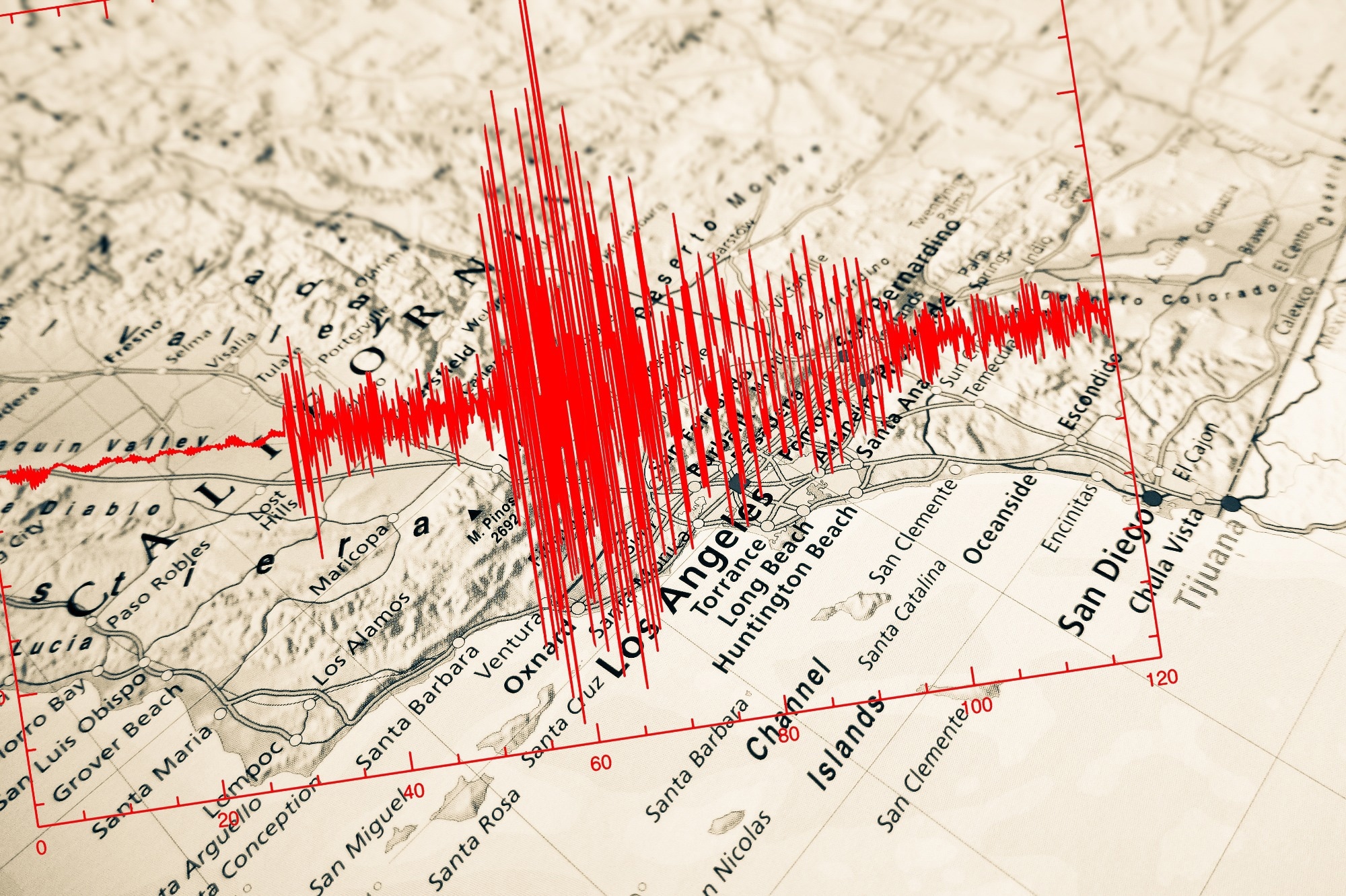Earthquakes pose a significant threat to human lives and infrastructure, making accurate earthquake rate forecasting a crucial goal for seismologists and researchers. Over the years, scientists have developed various models to predict the timing of earthquakes. One such model, the epidemic-type aftershock sequence (ETAS) model, has been widely used in statistical seismology to represent earthquake sequences as spatiotemporal point processes. However, this traditional approach has limitations in accurately characterizing seismicity patterns and incorporating essential geophysical information.
 Study: FERN: Advancing Earthquake Rate Forecasting with Neural Encoder-Decoder Models. Image credit: TonelloPhotography/Shutterstock
Study: FERN: Advancing Earthquake Rate Forecasting with Neural Encoder-Decoder Models. Image credit: TonelloPhotography/Shutterstock
In an article published in the journal Scientific Reports, researchers introduced a versatile neural encoder-decoder model known as FERN (Forecasting Earthquake Rates with Neural networks). The FERN model aims to revolutionize earthquake rate prediction by leveraging the power of artificial intelligence, machine learning, and deep learning algorithms. The FERN model overcomes several challenges in earthquake forecasting and demonstrates exceptional performance by replacing the traditional ETAS model's assumed functional forms with learned embeddings.
Challenges in earthquake forecasting
The ETAS model's effectiveness lies in representing earthquake sequences as self-exciting branching processes, accounting for aftershocks and background seismicity. However, optimizing the ETAS model parameters can be challenging due to the broad minima associated with the space-dependent background seismicity rate. This poses a significant optimization problem for researchers seeking the best parameter values to accurately model seismic activity.
Moreover, the fixed functional forms in the ETAS model limit its ability to incorporate additional geophysical information. Data on small-magnitude seismicity, tectonic structures, fault locations, and focal mechanisms are often excluded, impacting the model's ability to comprehensively represent seismicity patterns.
The FERN model
The FERN model introduces a novel neural encoder-decoder architecture, offering a more flexible and powerful approach to earthquake rate forecasting. By encoding the input data into a tectonic state encoding, the FERN model can incorporate diverse data sources and modalities through source-specific encoders. This design enables the FERN model to address multiple prediction tasks, improving the overall forecasting capabilities.
Performance comparison and results
To assess the FERN model's effectiveness, researchers conducted extensive tests on observed seismicity in the greater Japanese Islands region over a period of 30 years. This model consists of three encoders, each capturing different aspects of seismicity patterns.
The recent earthquake encoder focuses on capturing short-term seismic activity. Instead of relying on a fixed response function like the ETAS model, the FERN model utilizes a more general neural network for better adaptability. Long-term seismicity encoder learns temporal patterns. The location encoder is similar to the ETAS background rate, capturing location-specific information.
The FERN model's performance was compared to the traditional ETAS model in rate prediction tasks. Remarkably, the FERN model demonstrated a >4% improvement in information gain per earthquake, outperforming the ETAS model. Furthermore, the FERN model showed enhanced accuracy when provided with earthquake data of smaller magnitudes, which are often excluded from traditional models.
Advantages of the FERN model
The versatility of the FERN model also extends to short-term forecasting of earthquakes. With slight modifications to the decoder while keeping the encoders unchanged, the FERN model exhibits superior performance in this task compared to the ETAS model. Providing more accurate short-term forecasts in a fraction of the computational time offers significant advantages for real-time predictions and seismic hazard assessment.
While the complexity of the FERN model's parameters makes it less interpretable compared to the ETAS model, researchers conducted experiments to analyze its response to a single earthquake. The results unveiled a complex and anisotropic spatial structure, indicating increased seismic activity along fault traces. Remarkably, the model's output from the location encoder showed patterns similar to background seismicity, highlighting its capability to learn spatial characteristics of seismic events.
Conclusion and future prospects
The FERN model represents a significant breakthrough in earthquake rate forecasting, overcoming the limitations of traditional models and offering improved predictions. Its ability to incorporate additional geophysical information and provide short-term forecasts opens up exciting possibilities for related tasks like magnitude prediction and seismic hazard assessment.
However, the FERN model's regional variations in performance warrant further research and continuous training to ensure reliable predictions across different geographical areas. As researchers continue to refine and expand these neural encoder-decoder models, a future with more sophisticated earthquake forecasting techniques that is better prepared for potential seismic events can make communities safer and more resilient. The advancements in earthquake rate forecasting with neural encoders pave the way for a more informed and proactive approach to seismic risk management worldwide.
Journal reference:
- Zlydenko, O., Elidan, G., Hassidim, A., Kukliansky, D., Matias, Y., Meade, B., Molchanov, A., Nevo, S., & Bar-Sinai, Y. (2023). A neural encoder for earthquake rate forecasting. Scientific Reports. https://doi.org/10.1038/s41598-023-38033-9, https://www.nature.com/articles/s41598-023-38033-9